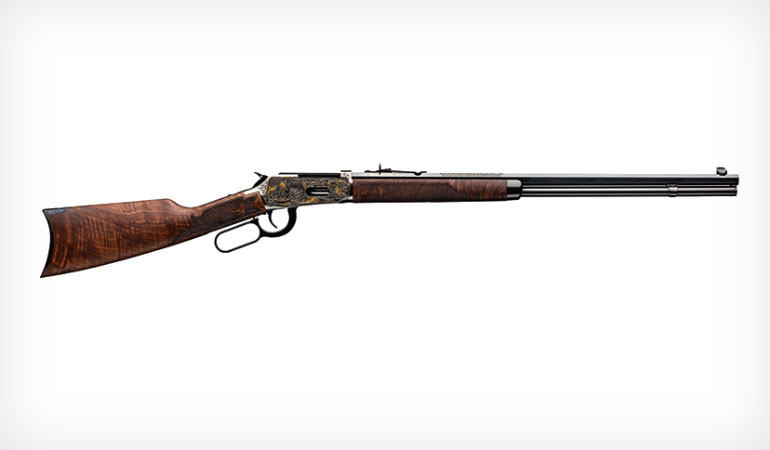
That’s all changed over the past fifteen years or so, and while Democrats haven’t moved to repeal permitless carry they’ve enacted a number of new gun laws including a waiting period, Extreme Risk Protection Orders, universal background checks, bans on gun sales to adults under the age of 21, and bans on “large capacity” magazines (to name a few).
Now Democrats are once again hoping to add to the list of “gun-free zones” in the state by pushing for a ban on lawfully carried firearms in bars in the city of Burlington.
Burlington Mayor Emma Mulvaney Stanak, Senate President Phil Baruth, and members of Gun Sense Vermont will gather at the Statehouse on Wednesday to renew their push for a bill banning guns in Burlington bars.
In March, the charter change garnered nearly 87% of Burlington Town Meeting Day voters’ support.
S.131 passed the Vermont Senate in April and has stayed in the House Committee on Government Operations ever since.
Vermont has a firearms preemption law in place that prevents Burlington officials from enacting the gun ban on their own, which is why the mayor and other anti-gunners are pushing for the legislature to create a carveout for the state’s biggest city.
Vermont Gov. Phil Scott has previously rejected the proposal, stating that piecemeal gun control laws that vary from town to town are a bad idea, and he’s not wrong. But that’s not the only reason to oppose the creation of yet another “gun-free zone.”
Most gun owners would agree that mixing firearms and alcohol is a bad idea, but while Vermont doesn’t specifically criminalize possessing firearms while under the influence, any reckless behavior with a gun while intoxicated can still lead to criminal charges.
Importantly, though, not everyone in a bar or restaurant that serves alcohol is there to get sloshed, and depriving them of their ability to lawfully carry just because they’re in a place where booze is available makes no sense.
When my late wife and I would go out to dinner, I was generally the designated driver, and I was generally carrying one of my handguns as well. She got to have a cocktail or two, I stuck with my Coke Zero, and neither one of us caused any issues for our fellow patrons or restaurant staff.
If individual bar owners want to make the choice to declare their establishments off-limits to lawful carry, they already have the ability to do so. In Vermont all they have to do is post the proper signage, and if they run across any patrons who are carrying they can ask them to leave (and call police if they refuse to do so).
Burlington officials and their allies in the legislature want to take away the power of these business owners to choose for themselves whether to allow lawful carry on their premises by instituting a blanket ban on carrying in these establishments. That’s entirely unnecessary, and if Democrats do advance this measure to Scott’s desk, he should once again declare his opposition and formally veto the legislation.
Editor’s Note: President Trump and Republicans across the country are doing everything they can to protect our Second Amendment rights and right to self-defense.
Help us continue to report on their efforts and legislative successes. Join Bearing Arms VIP and use promo code FIGHT to get 60% off your VIP membership.


California before the deluge



